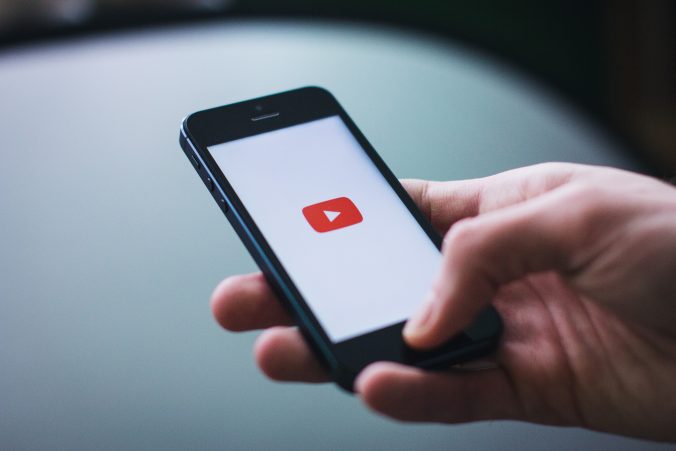How do you communicate about research with people who are not researchers? The scientific results usually presuppose a complicated intellectual framework, which the researchers have acquired through long education and experience. How can we talk about their research with people who are not researchers?
At CRB, we take research communication seriously, so this question follows us daily. A common way to solve the problem is to replace researchers’ complex intellectual frameworks with simple images, which people in general are more familiar with. An example could be comparing a body cell with a small factory. We thus compare the unknown with the familiar, so that the reader gets a certain understanding: “Aha, the cell functions as a kind of factory.”
Giving research results a more comprehensible context by using images that replace the researchers’ intellectual framework often works well. We sometimes use that method ourselves here at CRB. But we also use another way of embedding the research, so that it touches people. We use philosophical reflection. We ask questions that you do not need to be an expert to wonder about. The questions lead to thoughts that you do not need to be a specialist to follow. Finally, the research results are incorporated into the reasoning. We then point out that a new article sheds light on the issues we have thought about together. In this way, the research gets an understandable context, namely, in the form of thoughts that anyone can have.
We could call this philosophical research communication. There is a significant difference between these two ways of making research understandable. When simple images are used, they only aim to make people (feel that they) understand what they are not familiar with. The images are interchangeable. If you find a better image, you immediately use it instead. The images are not essential in themselves. That we compare the body cell with a factory does not express any deep interest in factories. But the philosophical questions and reflections that we at CRB embed the research in, are essential in themselves. They are sincere questions and thoughts. They cannot be replaced by other questions and reasoning, for the sole purpose of effectively conveying research results. In philosophical research communication, we give research an essential context, which is not just an interchangeable pedagogical aid. The embedding is as important as what is embedded.
Philosophical research communication is particularly important to us at CRB, as we are a centre for ethics research. Our research is driven by philosophical questions and reflections, for example, within the Human Brain Project, which examines puzzling phenomena such as consciousness and artificial intelligence. Even when we perform empirical studies, the point of those studies is to shed light on ethical problems and thoughts. In our research communication, we focus on this interplay between the philosophically thought-provoking and the empirical results.
Another difference between these ways of communicating research has to do with equality. Since the simple images that are used to explain research are not essential in themselves, such research communication is, after all, somewhat unequal. The comparison, which seemed to make us equal, is not what the communication is really about. The reader’s acquaintance with factories does not help the reader to have their own views on research. Philosophical research communication is different. Because the embedding philosophical questions and thoughts are essential and meant seriously, we meet on the same level. We can wonder together about the same honest questions. When research is communicated philosophically, communicators as well as researchers and non-researchers are equal.
Philosophical research communication can thereby deepen the meaning of the research, sometimes even for the researchers themselves!
As philosophical research communication unites us around common questions and thoughts, it is important in an increasingly fragmented and specialized society. It helps us to think together, which is easier than you might believe, if we dare to open up to our own questions. Here, of course, I assume that the communication is sincere, that it comes from independently thinking people, that it is not based on any intellectually constructed thought patterns, which one must be a philosophy expert to understand.
In that case, philosophical research communicators would need to bring philosophy itself to life, by sincerely asking the most alive questions.

Written by…
Pär Segerdahl, Associate Professor at the Centre for Research Ethics & Bioethics and editor of the Ethics Blog.
We care about communication












Recent Comments